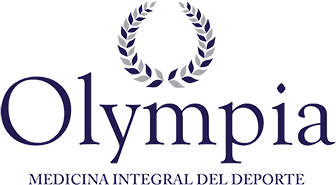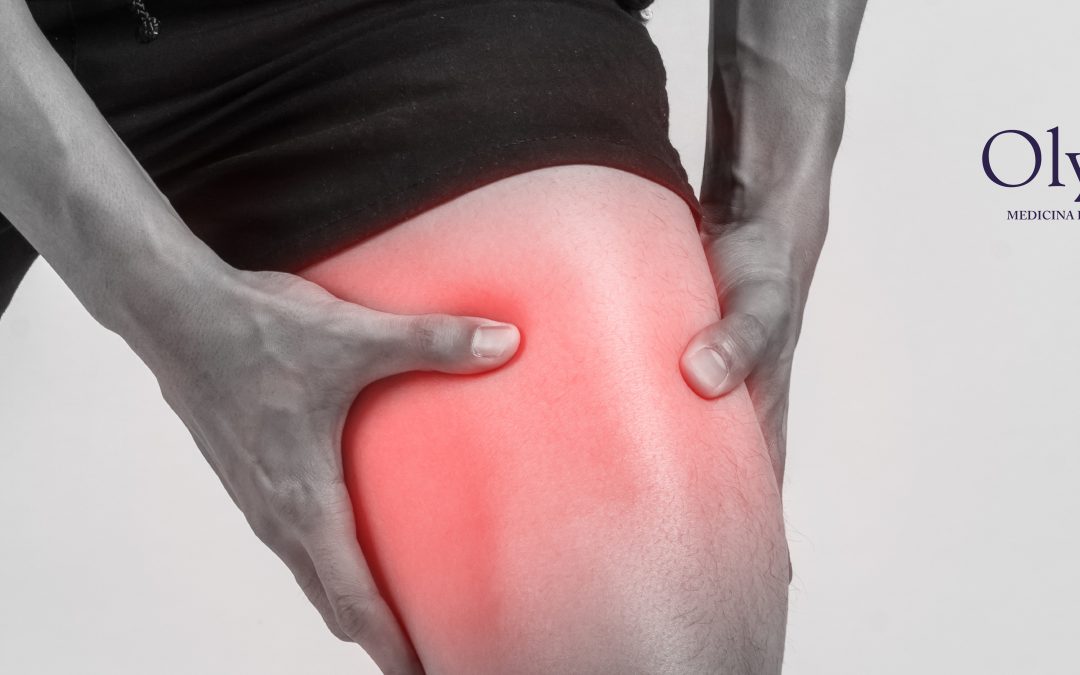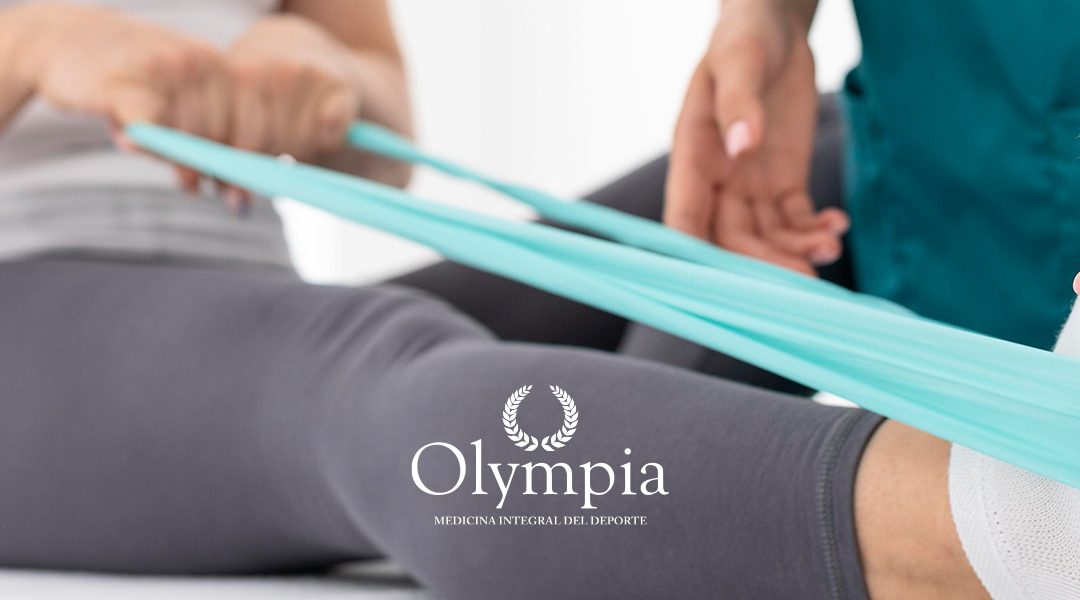Starting the year with a sports-medical check-up, why is it important?

Health according to the WHO is “a state of complete physical, mental and social well-being, and not merely the absence of disease or infirmity”. In athletes, the pillars for maintaining their health include a balanced diet, their physical activity and training, rest, and even their mental health (sports psychology). This benefits the entire development of athletes for performance, injury prevention, and mood.
In health care there is something called a “check-up” or clinical examination that usually includes a complete physical exam and laboratory tests to evaluate the patient’s condition and prevent diseases. There are different types of check-ups, the basic one, the advanced one that includes more diagnostic tests depending on the patient’s gender and age, the pediatric one, check-ups by medical specialty, such as the gynecological one, and finally the sports-medical check-up.
A sports medical check-up is like the one mentioned above, however, the examination and tests are directed towards the sport that the person already practices or the sport that they want to start doing. The importance of this check-up is to determine whether the exercise is safe for the patient before beginning physical activity. In some countries like the United States, this is mandatory, even for young athletes and children to be able to participate in a sport.
The check-up can usually include a consult with the sports medicine doctor, blood tests, imaging tests, a stress test or electrocardiogram, a footprint analysis, and a nutritional assessment. This helps prevent injuries, complications, and illness. It also keeps the athlete in balance between his physical and mental health. Not to mention, they get a trusted medical specialist who can guide them through their progress.
During the end of the year there are more resting days and vacations, even for athletes. Therefore, it is essential to start the year with a sports medical check-up to ensure that you are in adequate physical condition to carry out rigorous exercise.
If it is your first time doing a sport or you are an athlete who is returning to the routine, do not hesitate to schedule an appointment, Olympia has everything you need for your complete and comprehensive care.





